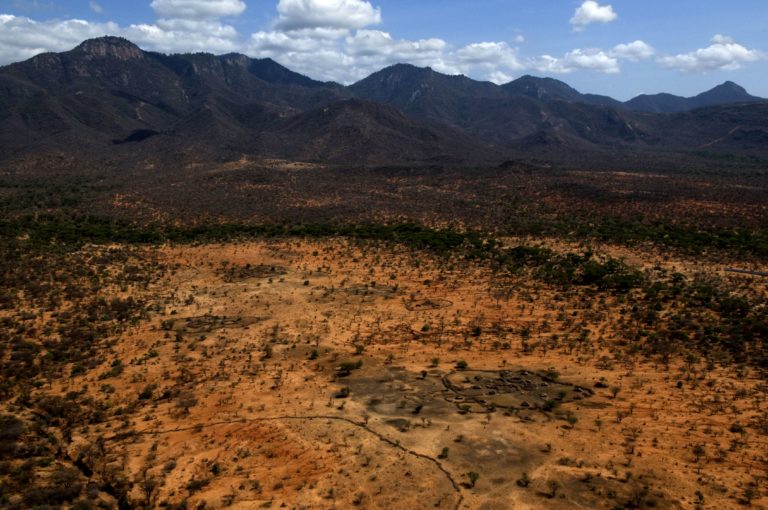future health africa:
COMMUNITY
OVERVIEW / WHY & HOW WE DO IT / how you can help / EARLIER WORK / cOMMUNITY IMAGES
OVERVIEW
Since the year 2000 Future Health Africa volunteers have been working in the community with the purpose of improving health outcomes in rural areas of Kenya.
From 2020 - 2022, we delivered a UKAid SCCF grant (Small Charities Challenge Fund) to test the use of QI and leadership skills in five Community Health Units in Migori and Laikipia counties. We focussed on improving maternal and newborn outcomes.
After a successful project, our focus is now on expanding this work to help county governments achieve quality Universal Health Coverage (UHC). The aim is to improve health outcomes by working closely with communities, within existing government structures, to improve the effectiveness of the Community Health system as it strives to become an effective primary care service.
WHY WE DO IT
Although there are strategies and policies in place to develop community health and primary care, this is a huge challenge. Community Health Volunteers have been put in place to help their communities but they require support if they are to achieve any meaningful impact. We believe that we can impact at this point where citizens interact with the first level of the health system and in the process, learn how we can improve back in the UK.
HOW WE DO IT
Working through Kenyan partners such as LVCT Health, we form multi-level Quality Improvement Teams (QITs) and look at the system as it currently operates. We then teach skills in QI and leadership to understand local issues, interrogate and improve data and then support locally-led development through mentorship and local Learning Events.
Maasai tribes rely on livestock to retain their livelihoods. Health care of animals is a priority and ‘One Health’ approaches are essential for the future.
HOW YOU CAN HELP
Please help us to improve rural healthcare and in particular, save the lives of mothers and newborn babies by donating through our KindLink website
EARLIER WORK
Project Background
In the year 2000 Lucy Obolensky went to work in the newly built clinic at Lewa Wildlife Conservancy. She has continued to work with these communities ever since.
She also established the Team Talk project, a sports-based project aiming to improve the life chances of children in rural communities, especially girls.
These projects are now hosted by another charity https://www.dharura.org/
A meeting with the Mama Elders to discuss the role of traditonal birth attendants, how they can access training and working with the nurses in clinic to improve maternal outcomes. 2009
COMMUNITY IMAGES
Community Health Volunteers (CHVs), often unpaid, are responsible for visiting a specified number of households in their communities on a regular basis. Among their many roles, they identify pregnant women and encourage them to attend ante-natal clinics and skilled birth attendants in an equipped facility. They also identify children, monitor their health and encourage vaccinations. They also identify sick people in the communities and encourage people to attend local facilities for investigation and treatment. Their job is very challenging. They should be supervised by trained Community Health Attendants (CHAs) who are employed by sub-counties. In turn the CHAs should report to the sub-county focal personnel. In practice this system has challenges that we are helping with through system improvement.






BEAUTIFUL BUT CHALLENGING
Kenya is very beautiful but has many challenges. The north suffers frequent drought, locust infestations and access to healthcare is very limited. Poverty is acute and the pastoralist communities are itinerant. When water for animals is in low supply, inter-tribal conflicts can arise.







CHALLENGES & SUCCESSES
challenges
A typical Manyatta in the village of Leparua. There could be up to 8 people sleeping in this hut. It is build with sticks and cow dung and will have a central fire for cooking in the manyatta. This makes it very smokey insdie causing respiratory and eye problems, espcially for children. Leparua, 2007
Trainee nurse Geoffrey. Ngutuk Ongiron, 2017






